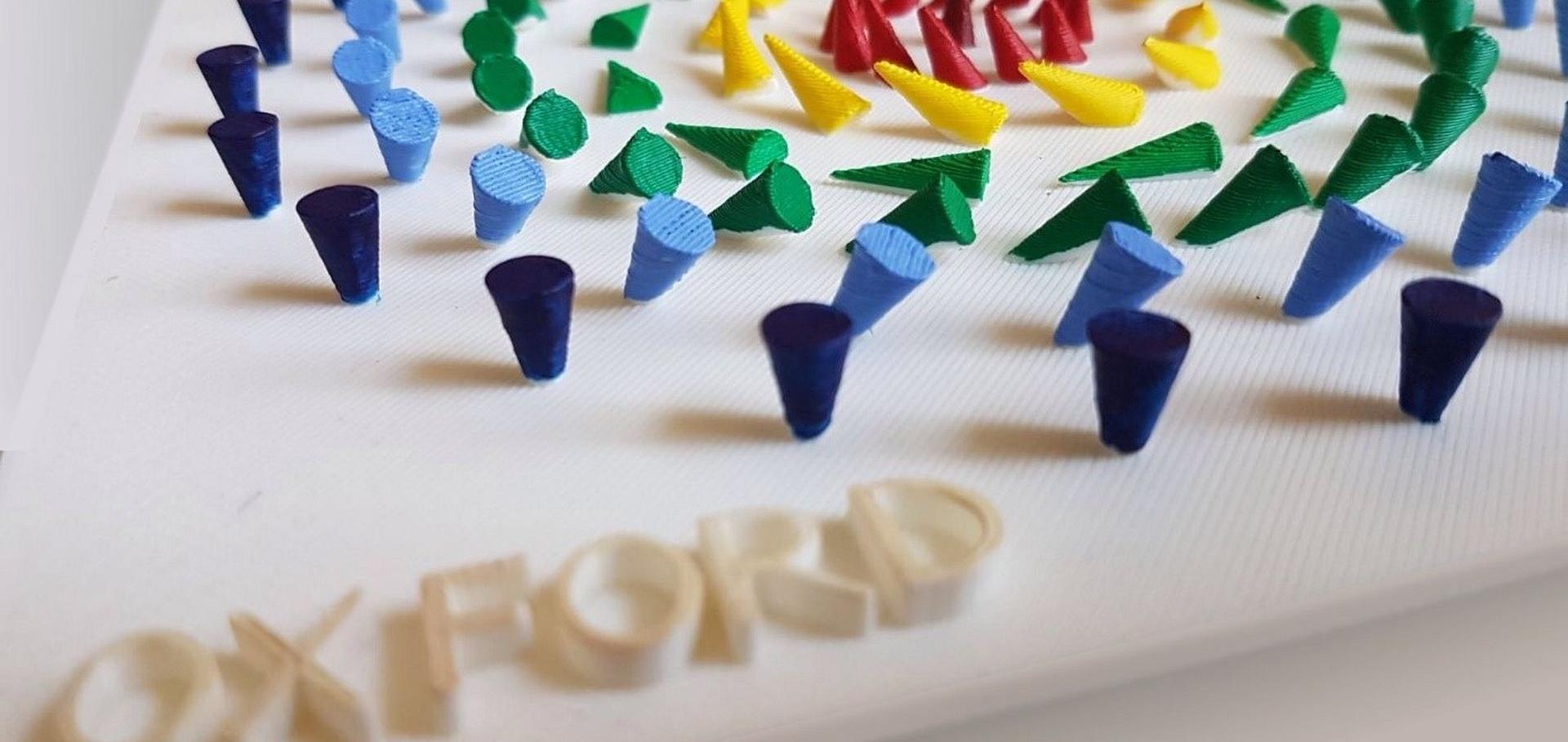Crack-free and conductive Si-doped AlN/GaN distributed Bragg reflectors grown on 6H-SiC(0001)
Applied Physics Letters 85:11 (2004) 1970-1972
Abstract:
The Si-doped n-type AIN/GaN distributed bragg reflectors grown on 6H-SiC(0001) were discussed. It was observed that the structures were crack-free and have a stopband centered around 450 nm with a full width at half maximum between 40 and 50 nm. It was also observed that the maximum measured reflectance was ≥99%. It was found that the vertical conductance measurements at room temperature on the samples shown on ohmic I-V behavior in the entire measurement range.Semiautomatic wet chemical etching of an array of MnAs nanodots and their magnetic properties
Physica E: Low-Dimensional Systems and Nanostructures 24:1-2 SPEC. ISS. (2004) 115-118
Magnetic anisotropy of MnAs-films on GaAs(0 0 1) studied with ferromagnetic resonance
Journal of Magnetism and Magnetic Materials 277:1-2 (2004) 159-164
Abstract:
Thin films of MnAs grown on GaAs(001) show a self-organized structure of coexisting ferromagnetic α- and paramagnetic β-MnAs stripes in the temperature interval from 10 to 40°C. We quantify the magnetic anisotropies of the α-stripes via ferromagnetic resonance and superconducting quantum interference device magnetometry for samples with thicknesses of 57 and 165nm. The easy axis of magnetization is found to be located perpendicular to the stripe direction, whereas the direction parallel to the stripes is a hard one. While the intrinsic anisotropies show a bulk-like behavior and explain the direction of the hard axis, the key to understanding the direction of the easy axis is given by the demagnetizing fields due to the stripe formation. © 2003 Elsevier B.V. All rights reserved.Multimode and multifrequency gigahertz surface acoustic wave sensors
Applied Physics Letters 84:8 (2004) 1407-1409
Abstract:
A simple surface acoustic wave sensor system was discussed. This system combines the advantages of multifrequency/multimode operation and GHz frequencies in a single acoustic device structure. The sensor system is based on floating electrode unidirectional transducers that allow efficient excitation of two modes and up to 48 harmonics. The basic operation of sensor system was tested by applying it to humidity sensing without a sensitive layer.Understanding the submicron domain structure of MnAs thin films on GaAs(001): Magnetic force microscopy measurements and simulations
Applied Physics Letters 84:7 (2004) 1132-1134


